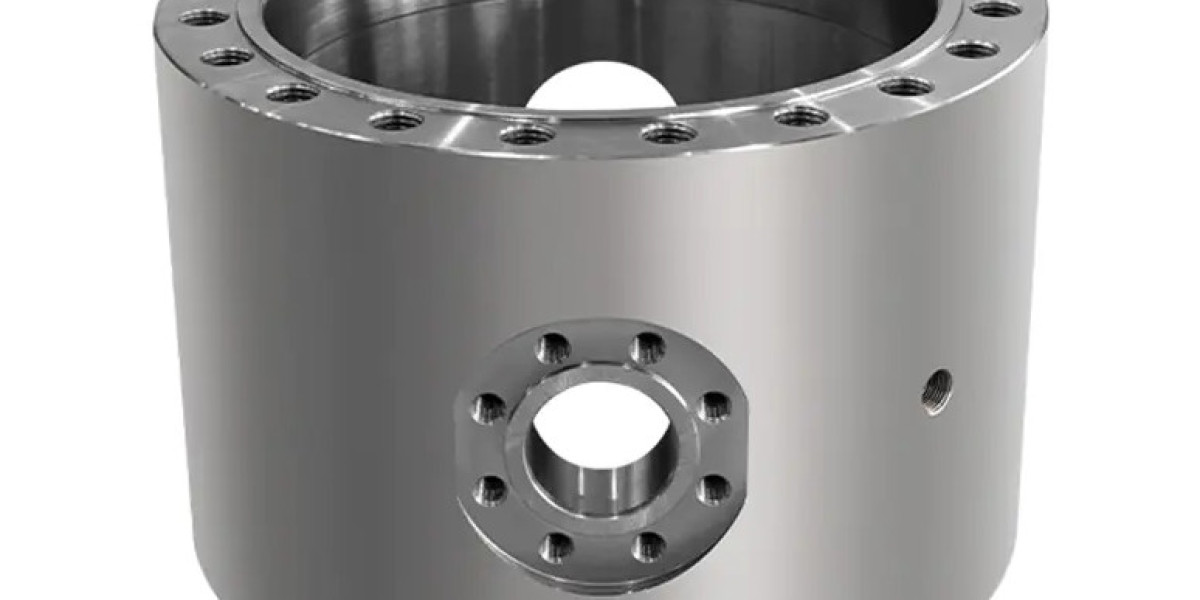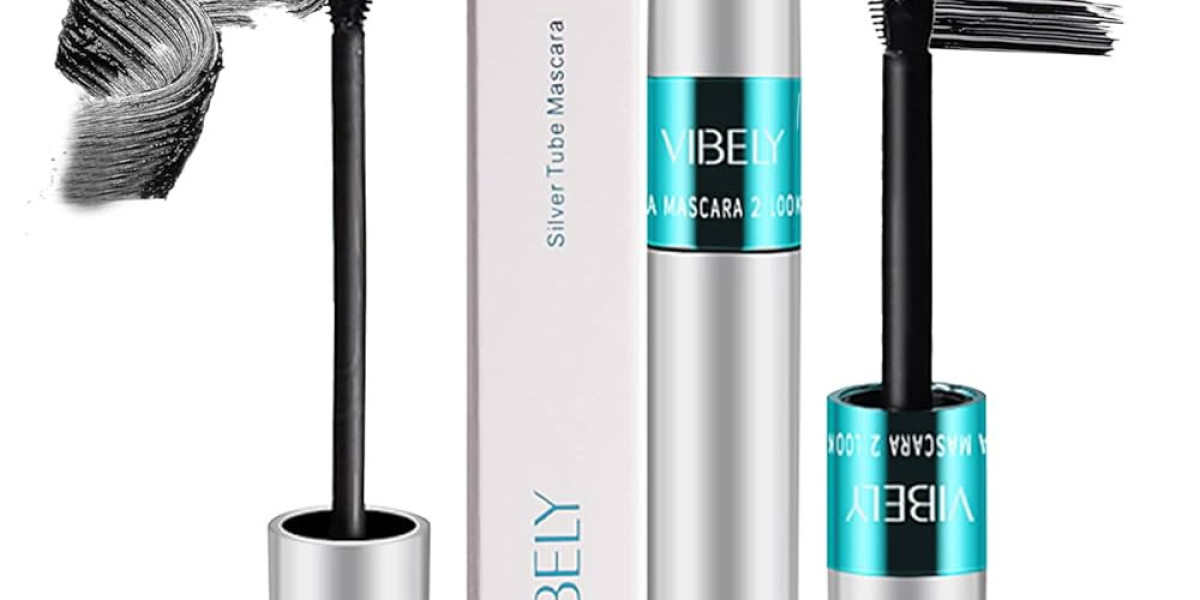The ball valve body is a critical component in the design and function of ball valves used across various industries. As the main housing, the valve body provides the structural support for the internal parts and contains the flow media within the system. Materials used for ball valve bodies are carefully chosen based on the application, considering factors like pressure, temperature, and the type of fluid flowing through the valve.
Common materials for ball valve bodies include stainless steel, brass, and carbon steel. Each material offers different advantages: stainless steel provides corrosion resistance suitable for harsh environments, brass is often used in residential and light industrial settings, while carbon steel is selected for its strength in high-pressure applications. The valve body must be designed to withstand external forces and internal pressures to ensure long-term reliability.
Manufacturing methods for ball valve bodies vary, including casting, forging, and machining. Forged bodies tend to have better mechanical properties due to the refinement of the metal grain structure, making them suitable for demanding applications. Cast bodies allow for complex shapes but may have variations in density that could impact durability. Precision machining ensures the body meets tight tolerances, critical for sealing and smooth valve operation.
The connection type on the valve body is another important feature. Ball valves can have threaded, flanged, or welded ends, chosen according to the pipeline system design. Threaded connections are convenient for smaller sizes and low-pressure systems, while flanged ends provide easy assembly and disassembly for maintenance in larger pipelines. Welded ends offer a permanent and leak-resistant solution for high-pressure conditions.
In summary, the ball valve body plays a vital role in the valve’s performance. Material selection, manufacturing process, and connection type must align with the intended use to ensure safety, durability, and effective flow control.







